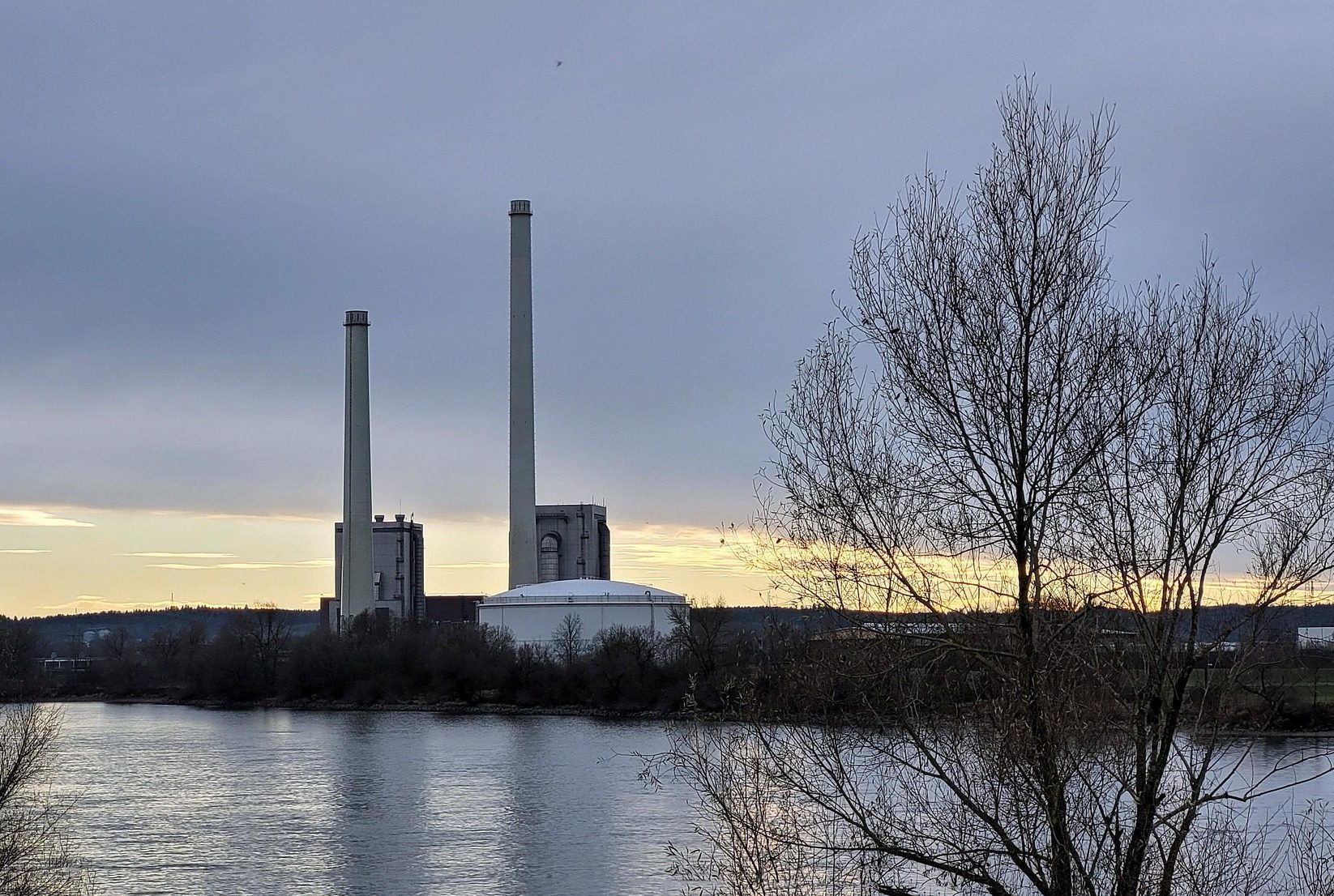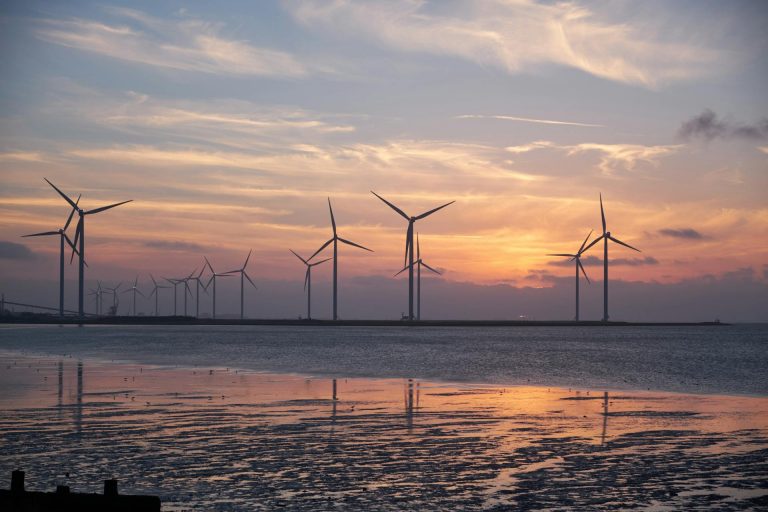Germany has secured the political green light to proceed with a new fleet of hydrogen‑ready gas power plants, after reaching an understanding with the European Commission on state‑aid design and climate safeguards. The agreement unlocks the country’s long‑planned Kraftwerksstrategie, allowing tenders for firm, flexible capacity to move ahead while keeping the build‑out consistent with EU decarbonization goals. It follows months of technical negotiations over how to support security of supply without locking in unabated fossil generation.
At the core of the framework is a technology‑neutral capacity mechanism that puts new hydrogen‑ready combined‑cycle units and peakers in direct competition with storage, demand response, and other flexibility options. Winning projects will receive availability payments in exchange for strict obligations on readiness, performance, and emissions. Contracts are expected to include binding conversion milestones that move plants from natural‑gas blends to low‑carbon gases—primarily renewable hydrogen—over the 2030s, alongside limits on operating hours while they run on fossil gas. Together, these elements align the scheme with EU state‑aid and climate guidelines by embedding credible decarbonization pathways and safeguards against carbon lock‑in.
The policy is designed to address a clear reliability gap. With nuclear retired and coal exiting, Germany must balance a rapidly growing share of wind and solar with firm capacity that can start fast, ramp quickly, and operate economically at low load factors. The plan combines competitive auctions for new‑build capacity with structured arrangements for existing assets, creating a managed bridge from today’s transitional fuels to tomorrow’s decarbonized flexibility. The Federal Network Agency (Bundesnetzagentur) will anchor the process with system‑needs assessments and auction parameters, while the Federal Ministry for Economic Affairs and Climate Action will set the state‑aid framework and conversion requirements.
Industry interest is strong. Equipment makers, utilities, municipal operators, and independent power producers have signaled readiness to bid hydrogen‑capable assets that can later integrate higher shares of renewable hydrogen as supply scales. Project designs emphasize high efficiency, fast start‑up, and grid‑support functions such as inertia and voltage control—capabilities that batteries alone cannot yet provide at system scale. Financing terms are improving in parallel, as availability payments reduce merchant risk and clarify cash flows, drawing in institutional capital that had been hesitant amid policy uncertainty.
Crucially, the mechanism does not privilege gas over cleaner alternatives. Batteries, pumped hydro, demand response, and hybrid configurations will compete head‑to‑head, and auctions can be tuned by location to relieve congestion where it is most acute. Emissions performance will be monitored, with penalties for non‑compliance and the possibility of contract termination if conversion milestones are missed. For consumers, the expectation is a more robust system with fewer crisis‑driven interventions and a more predictable path for network charges as the market transitions.
Timelines are now in focus. With the Commission’s stance clarified, Berlin is preparing the first auction round, targeting a capacity tranche sized to near‑term system needs and grid build‑out. Procurement will be staged, with subsequent rounds adjusted to reflect renewable additions, interconnector progress, and demand trends from electrification in industry, heat, and transport. The government has emphasized that each call will be calibrated to minimize cost while maintaining security of supply through the transition.
For the broader European context, Germany’s framework provides a template for marrying reliability with decarbonization at scale. It codifies a role for hydrogen‑ready thermal capacity as a complement to renewables, not a competitor, and embeds the conditions necessary to migrate away from fossil fuels over a defined horizon. With policy clarity restored, developers can move projects from slide decks to sites, manufacturers can load factories with bankable orders, and the electricity system gains the flexible backbone it will need through the 2030s.
Title photo by Dagoberta
> Here is one of the places where the issuer of a news item is branded.
> Tap buttons or logos to be redirected to the issuers profiles or pages.






